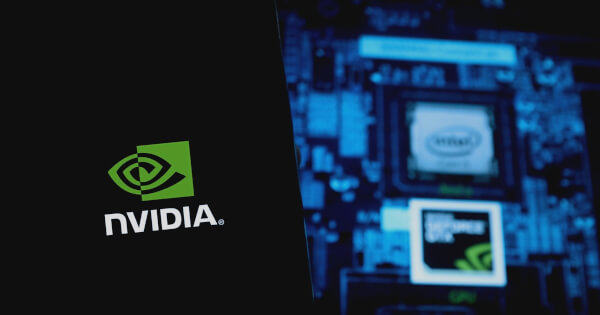NVIDIA Maxine and Texel: Pioneering Scalable AI Innovations in Real-Time Video and Audio
Timothy Morano Sep 17, 2024 01:30
NVIDIA Maxine's AI developer platform, in collaboration with Texel, offers scalable and advanced real-time video and audio enhancements.

The NVIDIA Maxine AI developer platform, featuring a suite of NVIDIA NIM microservices, cloud-accelerated microservices, and SDKs, is set to revolutionize real-time video and audio enhancements. According to the NVIDIA Technical Blog, this platform aims to improve virtual interactions and human connections through advanced AI capabilities.
Enhancing Virtual Interactions
Virtual settings often suffer from a lack of eye contact due to misaligned gaze and distractions. NVIDIA Maxine's Eye Contact feature addresses this by aligning users' gaze with the camera, enhancing engagement and connection. This state-of-the-art solution is especially beneficial for video conferencing and content creation, as it simulates eye contact effectively.
Flexible Integration Options
The Maxine platform offers various integration options to suit different needs. Texel, an AI platform providing cloud-native APIs, facilitates the scaling and optimization of image and video processing workflows. This collaboration enables smaller developers to integrate advanced features cost-effectively.
Texel's co-founders, Rahul Sheth and Eli Semory, emphasize that their video pipeline API simplifies the adoption of complex AI models, making it accessible even for smaller development teams. This partnership has significantly reduced development time for Texel's customers.
Benefits of NVIDIA NIM Microservices
Using NVIDIA NIM microservices offers several advantages:
- Efficient scaling of applications to ensure optimal performance.
- Easy integration with Kubernetes platforms.
- Support for deploying NVIDIA Triton at scale.
- One-click deployment options, including NVIDIA Triton Inference Server.
Advantages of NVIDIA SDKs
NVIDIA SDKs provide numerous benefits for integrating Maxine features:
- Scalable AI model deployment with NVIDIA Triton Inference Server support.
- Seamless scaling across various cloud environments.
- Improved throughput with multi-stream scaling.
- Standardized model deployment and execution for simplified AI infrastructure.
- Maximized GPU utilization with concurrent model execution.
- Enhanced inference performance with dynamic batching.
- Support for cloud, data center, and edge deployments.
Texel's Role in Simplified Scaling
Texel's integration with Maxine offers several key advantages:
- Simplified API integration: Manage features without complex backend processes.
- End-to-end pipeline optimization: Focus on feature use rather than infrastructure.
- Custom model optimization: Optimize custom models to reduce inference time and GPU memory usage.
- Hardware abstraction: Use the latest NVIDIA GPUs without needing hardware expertise.
- Efficient resource utilization: Reduce costs by running on fewer GPUs.
- Real-time performance: Develop responsive applications for real-time AI image and video editing.
- Flexible deployment: Choose between hosted or on-premise deployment options.
Texel's expertise in managing large GPU fleets, such as at Snapchat, informs their strategy to make NVIDIA-accelerated AI more accessible and scalable. This partnership allows developers to efficiently scale their applications from prototype to production.
Conclusion
The NVIDIA Maxine AI developer platform, combined with Texel's scalable integration solutions, provides a robust toolkit for developing advanced video applications. The flexible integration options and seamless scalability enable developers to focus on creating unique user experiences while leaving the complexities of AI deployment to the experts.
For more information, visit the NVIDIA Maxine page, or explore Texel’s video APIs on their official website.
Image source: Shutterstock.jpg)

